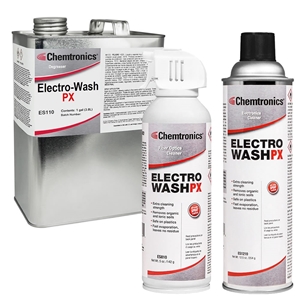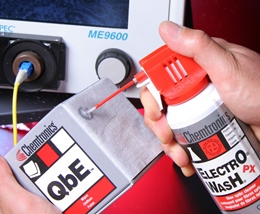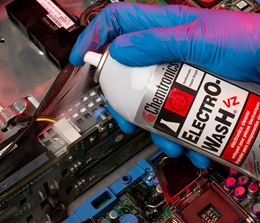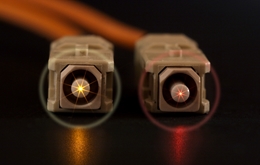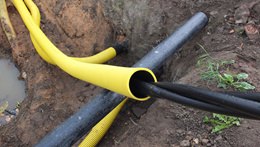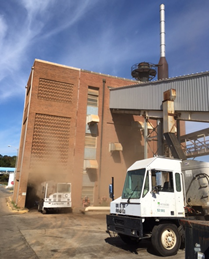Electro-Wash PX Degreaser
Extra-strength universal cleaner and degreaser safe for use on plastics
Electro-Wash® PX is a fast drying, one step precision cleaning and degreasing agent safe for most plastics. Engineered with very low surface tension, this high pressure aerosol formulation flushes areas clean and evaporates instantly leaving no residue.
Features & Benefits
- Safe on plastics
- Flammable
- Extra cleaning strength
- Dries fast, leaves no residue
- Removes organic and ionic soils
- Aerosol utilizes All-Way Spray valve; sprays in any direction
- Liquid may be used in cold dip and rinsing applications
Applications
- Removes oils and hydraulic fluids from mechanical assemblies
- Cleans handling soils from circuitry before reassembly
- Removes grease from assembly lines
- Cleans fiber optic connectors
| TDS | |
| REGS | |
| SDS | |
| Categories |
| Call-outs | Raytheon - HM-0413 |
|---|---|
| Shelf Life | 5 yrs. unopened and 2 yrs. opened |

